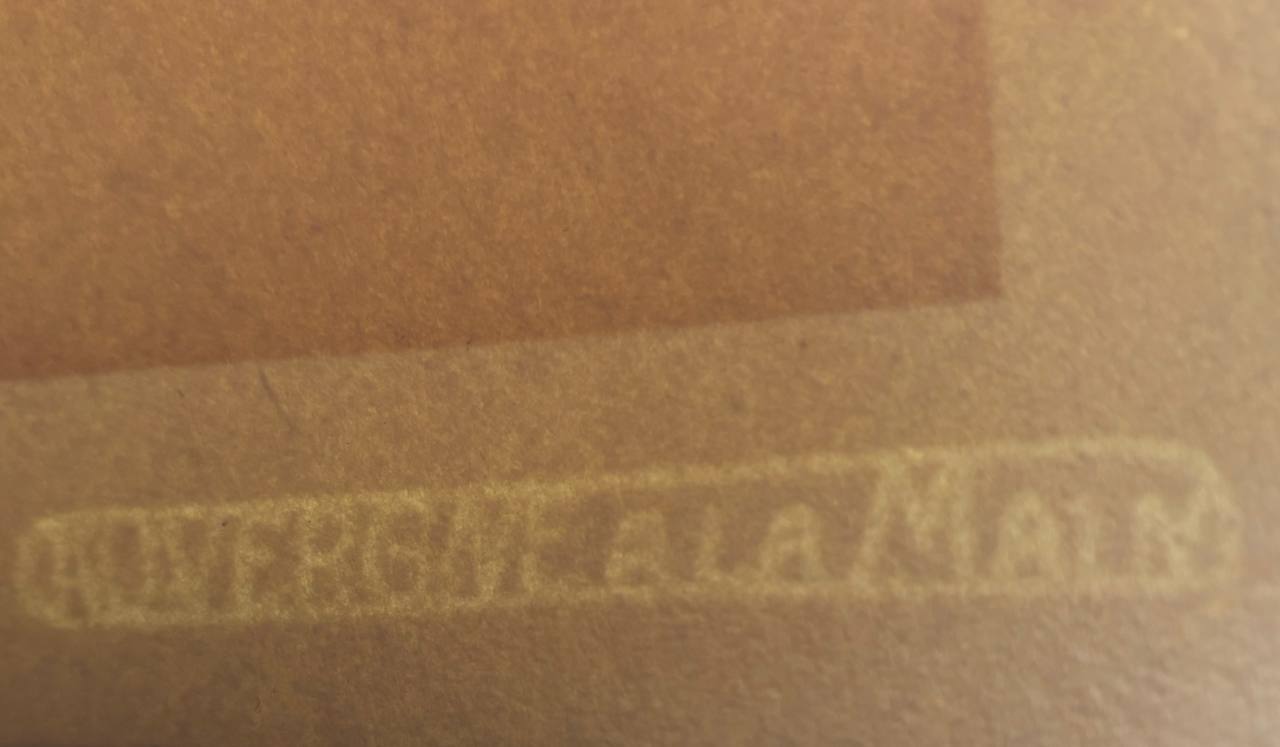Hedonism Gallery
Salvador Dalí - Le Cheval et le Loup (Le Bestiaire de La Fontaine) (1974)
Salvador Dalí - Le Cheval et le Loup (Le Bestiaire de La Fontaine) (1974)
Import duties, taxes, and fees are the responsibility of the recipient and payable upon delivery.
Low stock: 1 left
Couldn't load pickup availability
- Make Offer
- Verified
- Worldwide Shipping
Original Salvador Dalí engraving "Le Cheval et le Loup" (The Horse and the Wolf) from Suite Le Bestiaire de La Fontaine (1974), hand-signed by Dalí in pencil and hand-colored with watercolor (Pochoir).
La Fontaine's Fables are a collection of moral stories written by the French poet Jean de La Fontaine in the 17th century. He used anthropomorphized animals to convey life and ethics lessons through short, allegorical stories, with a witty style and poetic language that made them classics of literature.
- Drypoint etching with hand coloring in watercolor (Pochoir)
- Hand-signed by Dalí in pencil at lower right
- Limited edition of 120 copies on Richard de Bas Auvergne paper, annotated LXVI/CXX, with wide margins
- Two Watermarks of Richard de Bas and Auvergne
- Size: 22,7 x 15,7 in (57.7 x 40 cm)
sheet 30.9 x 22 1/4in (78.5 x 59 cm) - Published by Editions des Maîtres Contemporains, Paris
- Printed by Ateliers Rigal, Paris (Intaglio/Pochoir)
- Reference: Michler & Löpsinger n° 487, The Official Catalog of The Graphic Works of Salvador Dali by Albert Field #74-1 L
- In mint condition
- Unframed
Pochoir was popular in Europe, particularly France, around the turn of the century and most popular from the late 19th century through the 1930's with its center of activity in Paris. In the 1920's and 30's Art Deco era, the French rejuvenated the color application process of the stencil, bringing color illustration processes for books and prints to new heights.
Pochoir is a very labor intensive and expensive technique, which produces an image that is often indistinguishable from the artist's hand-painted original.
Some pochoir artists include: Salvador Dalí, Sonia Delaunay, Raoul Dufy, and Joan Miró.
Share







Have questions or want a special price? Write to us — we’re here to help.
We will get back to you as soon as possible. If you don’t get a response within 12 hours, please check your Spam folder.








